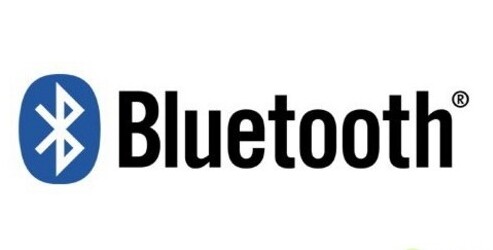本模块是基于 MicroPython bluetooth 提供更高级抽象的BLE应用的驱动库。 为初级蓝牙BLE的初阶用户,提供友善的接口,用户可以很简易的实现BLE的应用。
本模块适用于 MicroPython 及衍生的相关项目,如掌控板 mPython 。
模块根据蓝牙BLE的应用和饰演的角色,设计以下几大功能点:
- 外围设备(Peripheral)
- 中央设备(Centeral)
- 串口透传(Uart)
- 人机交互设备HID
首先需要将 mpython_ble 库上传到MicroPython的文件系统中。
在实例BLE Peripheral 设备前,先要配置 GATT Profile,注册一些服务和特征。通过profile来描述设备包含什么样的应用服务。 Bluetooth 标准协议 里根据常用的蓝牙设备定义了通用的服务和特性,以便BLE设备间可更好的识别、兼容。 你可以按GATT中 16 bit的UUID来配置profile,或用128bit UUID 来定义自己的服务。
下面以体温计为例,我们可以需要在profile添加以下服务:
- Health Thermometer : 蓝牙标准协议里规体温服务的正式16 bit UUID识别码是0x1809;还有需要添加必选项 Temperature Measurement 特征(0x2A1C)。
- Device Information : 用于描述设备信息。添加 Manufacturer Name String 特征,用于描述制造商名称。
实例 Health Thermometer Service 对象并添加 Temperature Measurement Characteristic:
>>> from mpython_ble.services import Service >>> from mpython_ble.characteristics import Characteristic >>> >>> health_thermometer_service = Service(UUID(0x1809)) >>> temperature_measurement_charact = Characteristic(UUID(0x2A1C), properties='-rn') >>> health_thermometer_service.add_characteristics(temperature_measurement_charact)
实例 Device Information Service 对象并添加 Manufacturer Name String Characteristic:
>>> device_info_service = Service(UUID(0x180A)) >>> manufacturer_name = Characteristic(UUID(0x2A29),, properties='-r') >>> device_info_service.add_characteristics(manufacturer_name)
完成 health_thermometer_service 和 device_info_service 服务后,将服务添加至 profile 中:
>>> from mpython_ble.gatts import Profile >>> profile = Profile() >>> profile.add_services(health_thermometer_service,device_info_service)
下面我们可以通过数组索引方式很方便的读取 profile 的服务、特性:
>>> profile <Profile: <Service UUID16(0x1809): <Characteristic UUID16(0x2a1c), '-rn'>>, <Service UUID16(0x180a): <Characteristic UUID16(0x2a29), '-r'>>> >>> profile[0] # first service <Service UUID16(0x1809): <Characteristic UUID16(0x2a1c), '-rn'>> >>> profile[1] # second service <Service UUID16(0x180a): <Characteristic UUID16(0x2a29), '-r'>> >>> >>> profile[0][0] # Read temperature_measurement Characteristic <Characteristic UUID16(0x2a1c), '-rn'>
现在我们看下如何通过配置好的 profile 来实例 Peripheral BLE外设。
profile.services_uuid 是service的UUID列表。Peripheral 里的 adv_services 参数为需要广播的服务。
>>> profile.services_uuid [UUID16(0x1809), UUID16(0x180a)] >>> >>> from mpython_ble.application import Peripheral >>> ble_thermometer = Peripheral(name=b'ble_thero', profile=profile, adv_services=profile.services_uuid) BLE: activated!
BLE 功能激活后,开启广播:
>>> ble_thermometer.advertise(True)
你可以用手机的 nRF Connect app 来连接蓝牙设备
往 Temperature Measurement Manufacturer Name String 特征里写值。 由于温度值是浮点型的,为了便于解读,我们将温度值*100。蓝牙协议里规定字节的储存顺序为小端在前。int 转 Bytes,要用到 struct 来打包数据。
写入温度值,并通知连接主机:
>>> import struct
>>> temperature_value = 37.36
>>> ble_thermometer.attrubute_write(temperature_measurement_charact.value_handle, struct.pack("<H",int(temperature_value*100)),notify=True)
写入制造商名称:
>>> ble_thermometer.attrubute_write(manufacturer_name.value_handle,b'mpython')
这时,你可以在主机端,读取到被写入的值。
mpython_ble 部分源码参考以下项目,感谢作者的贡献:

